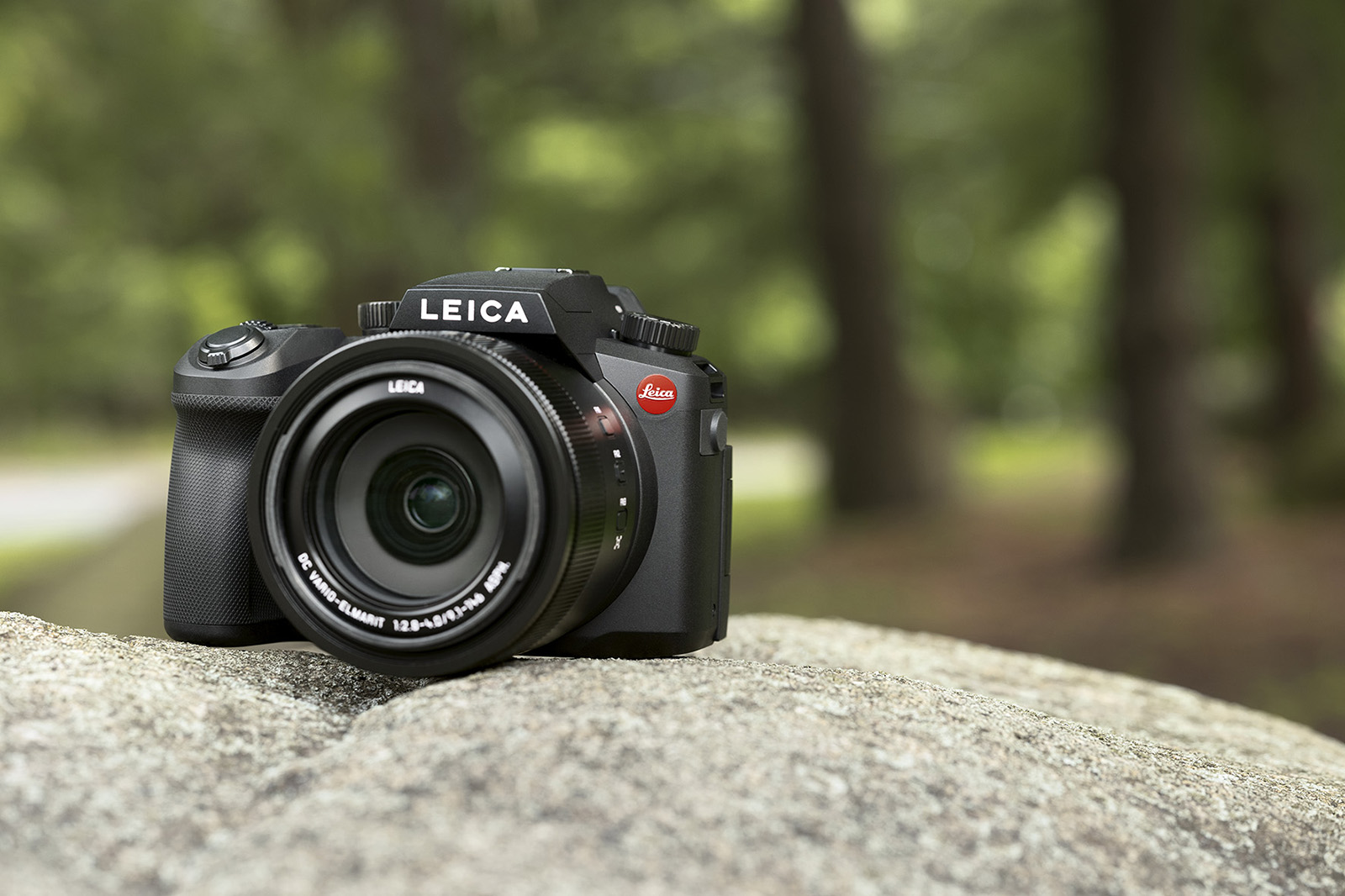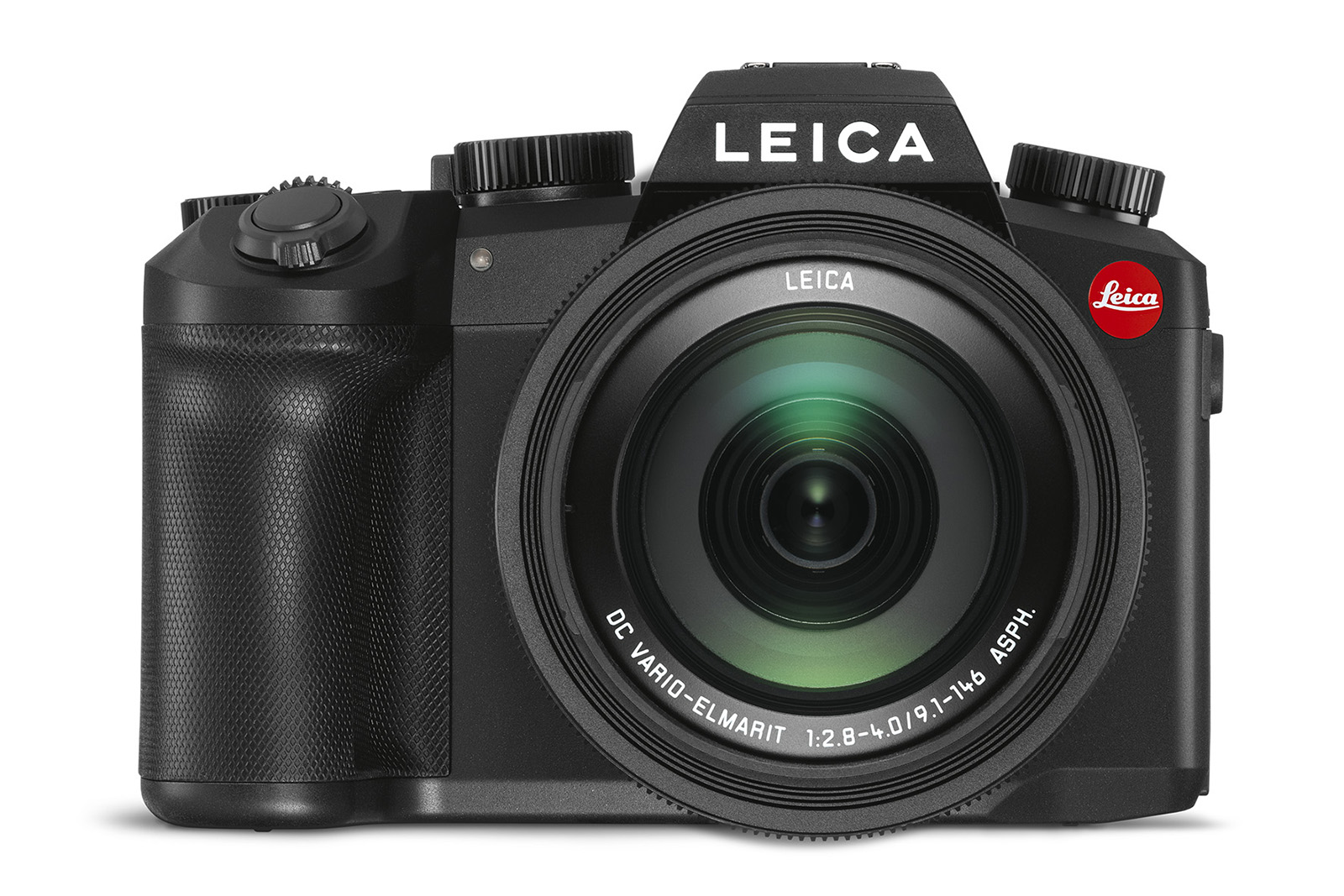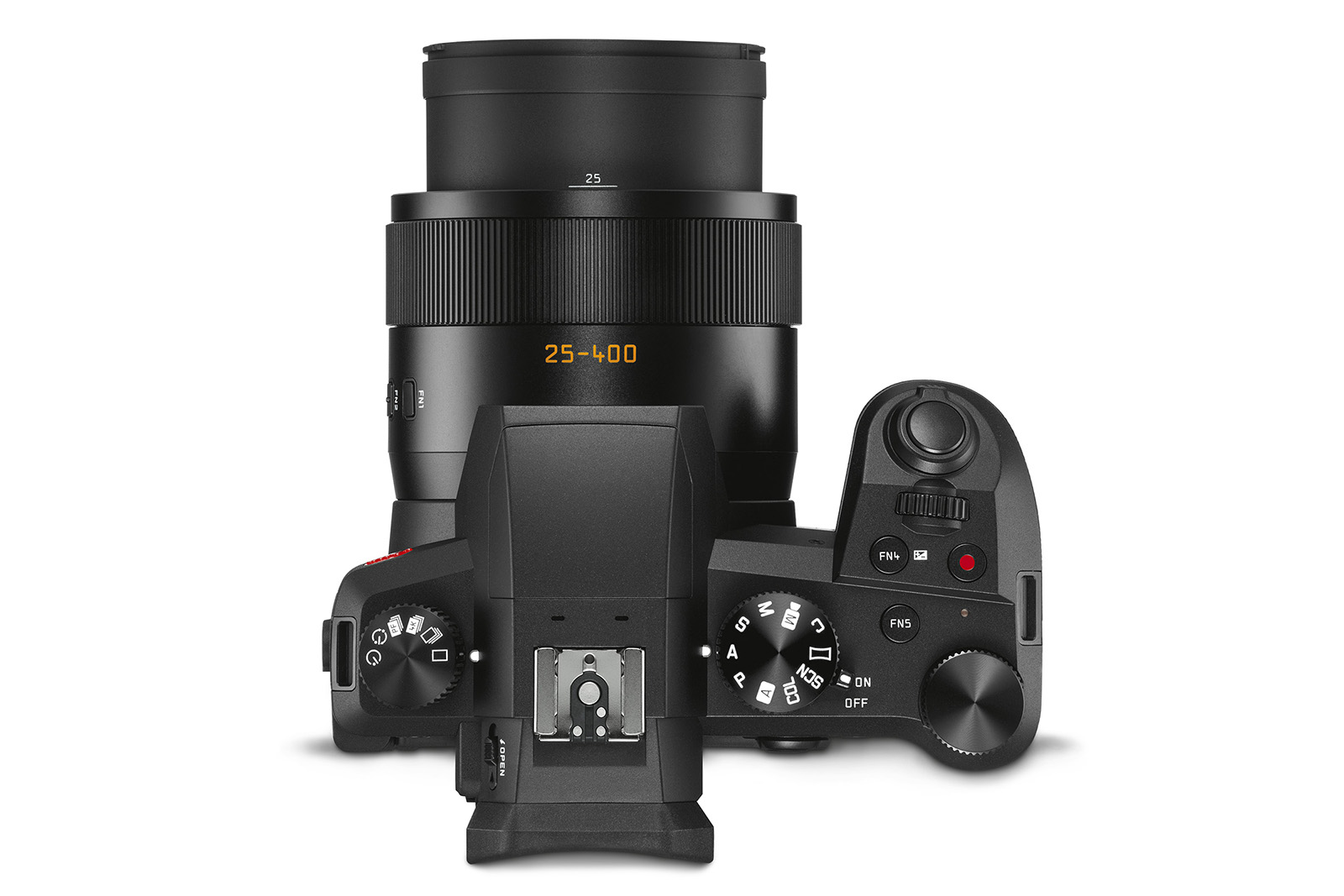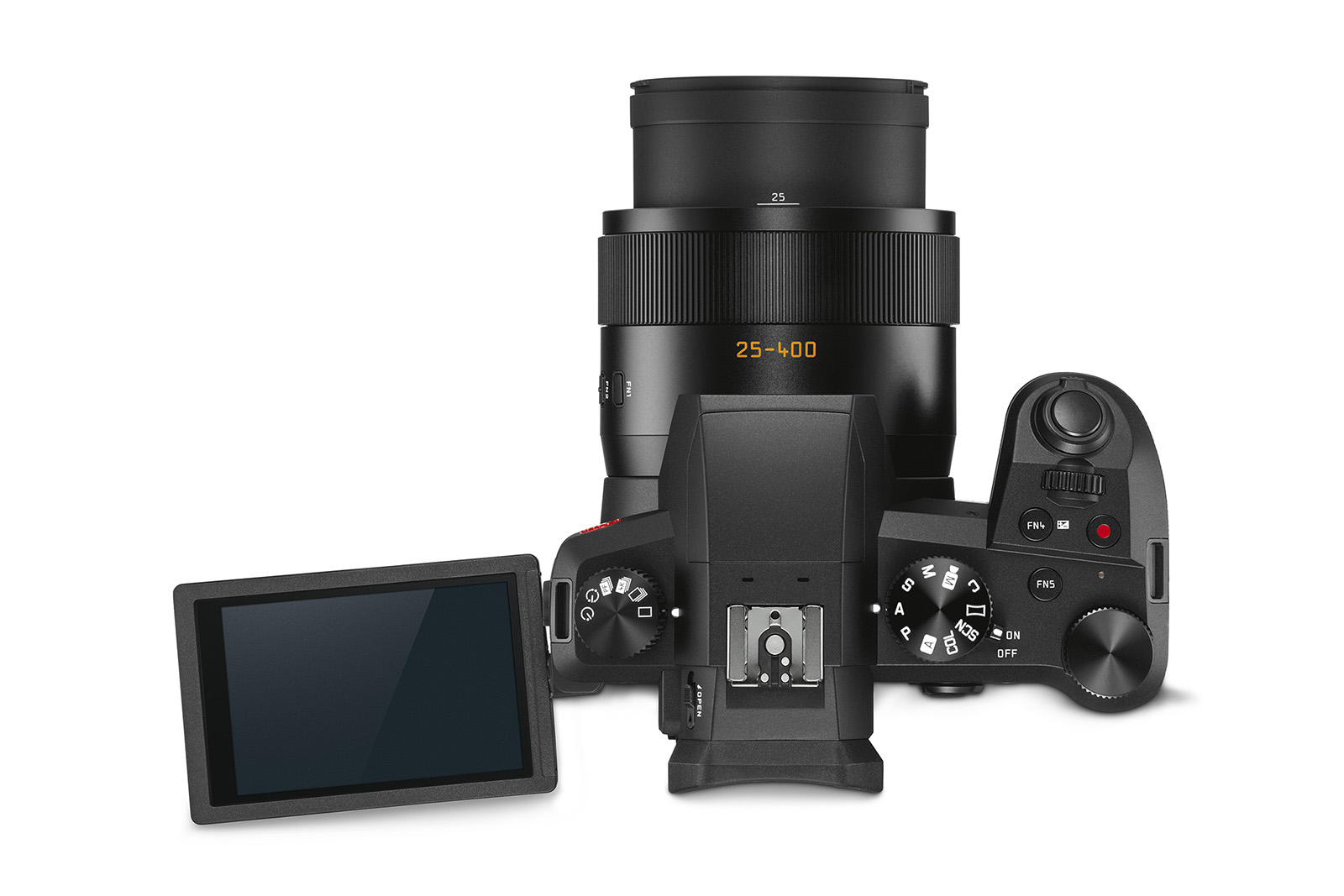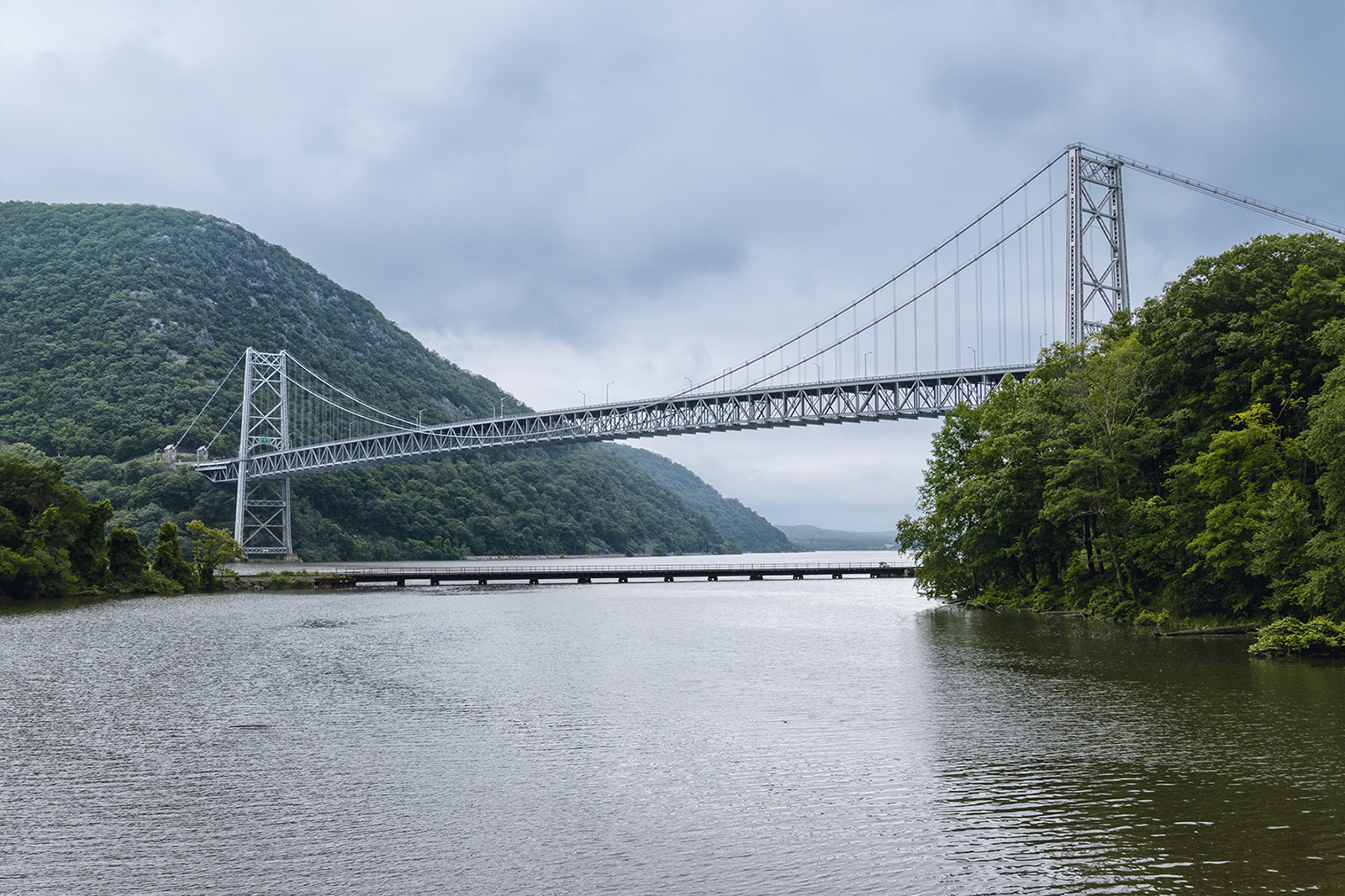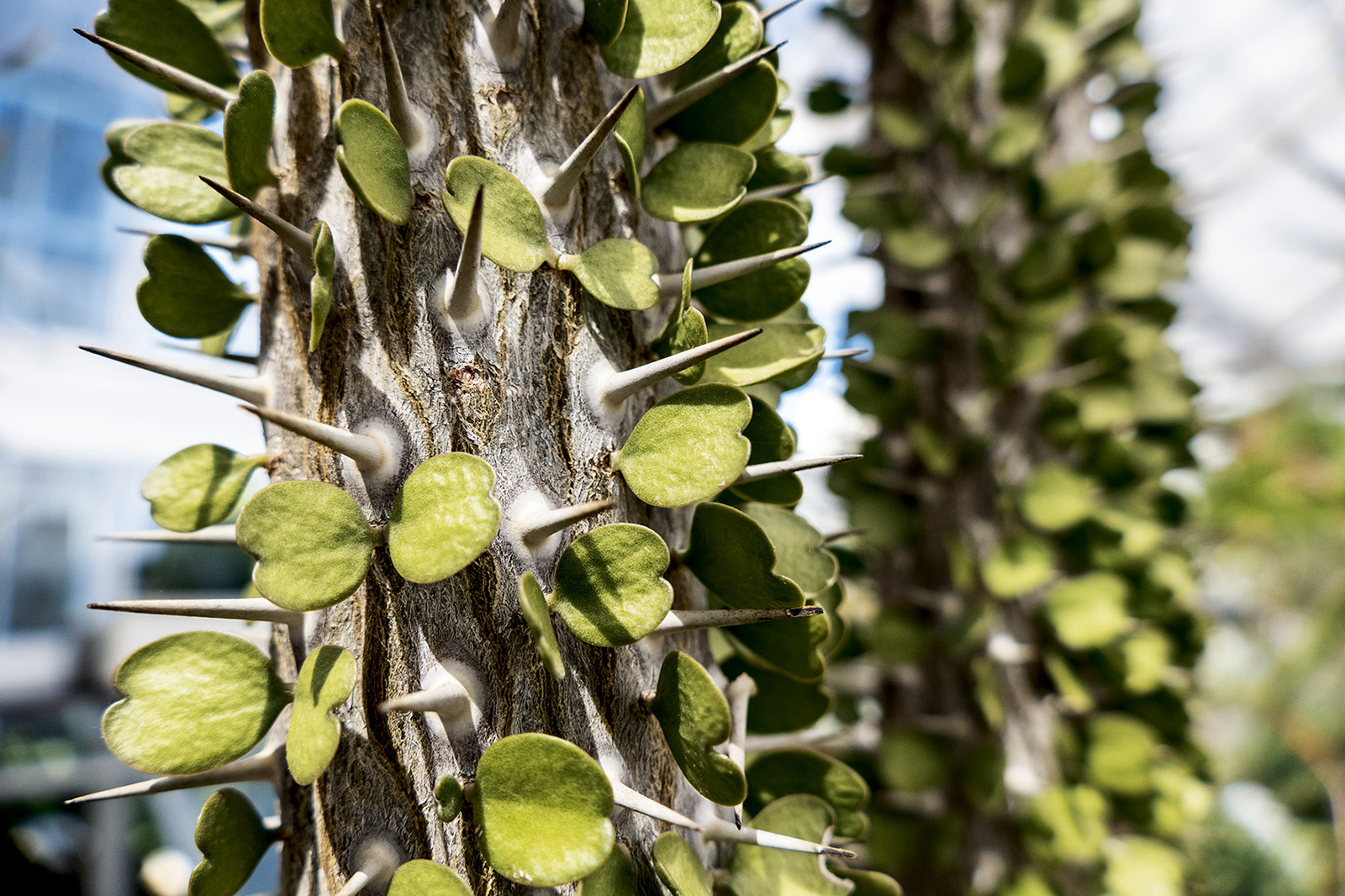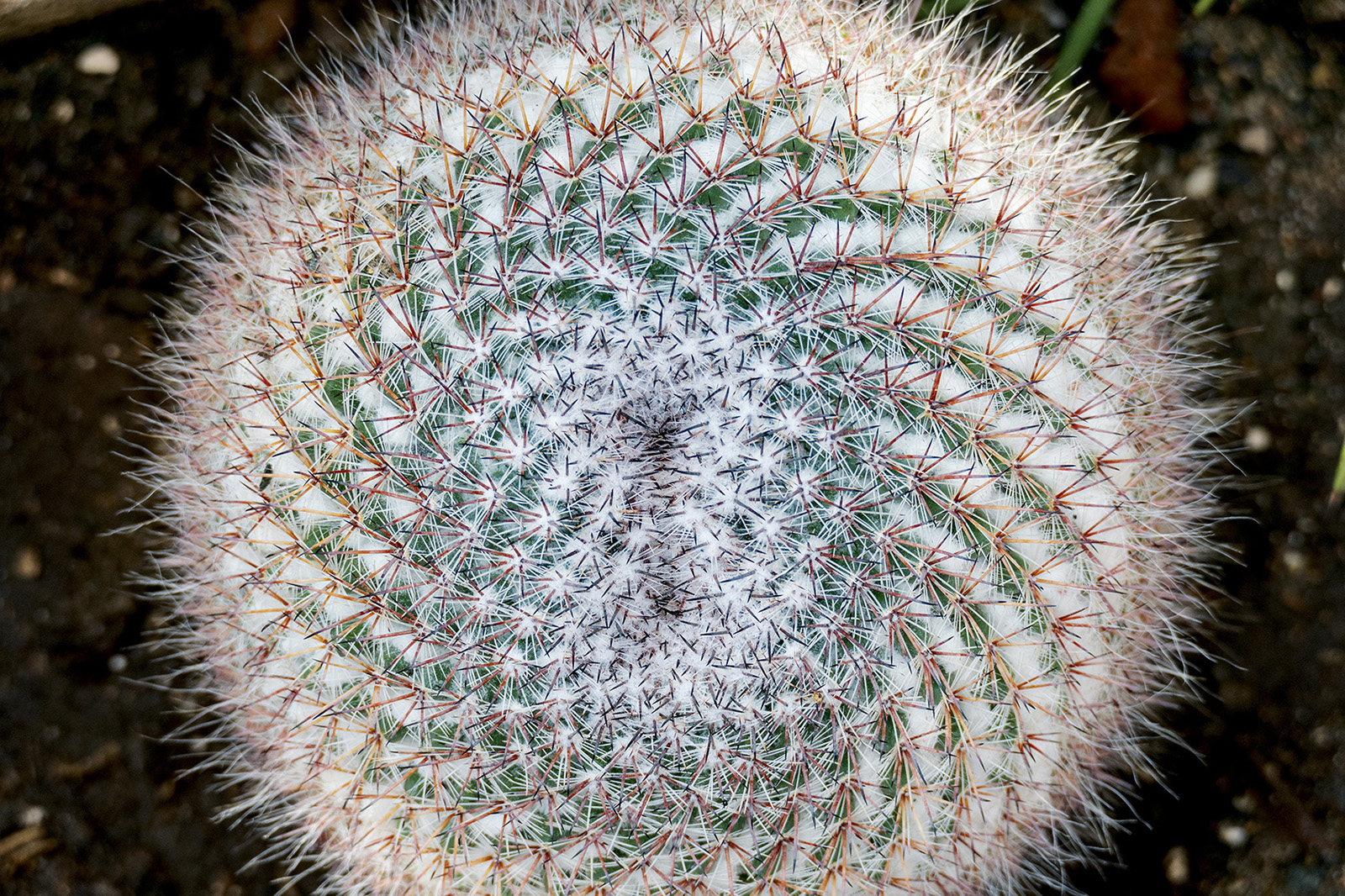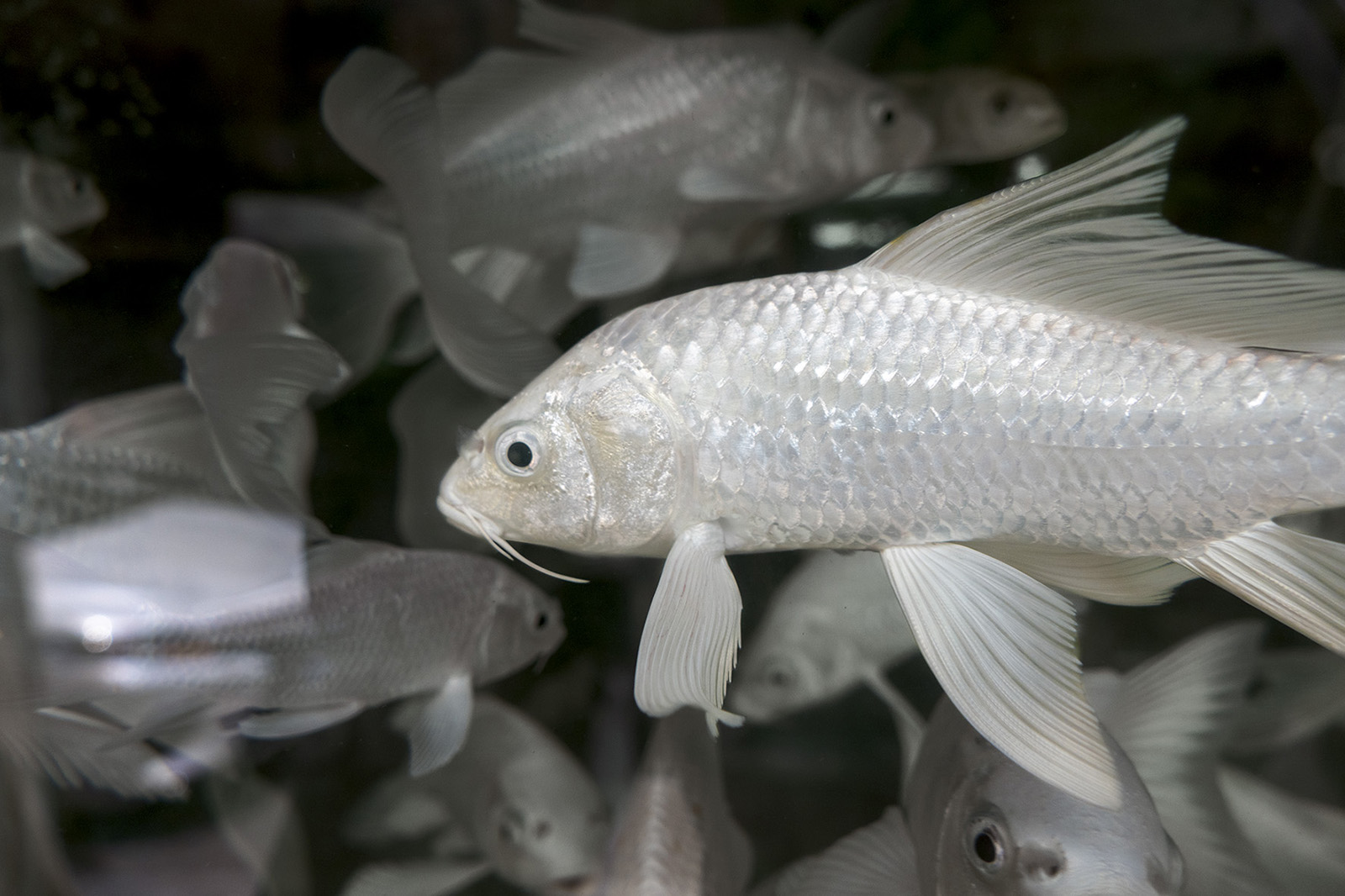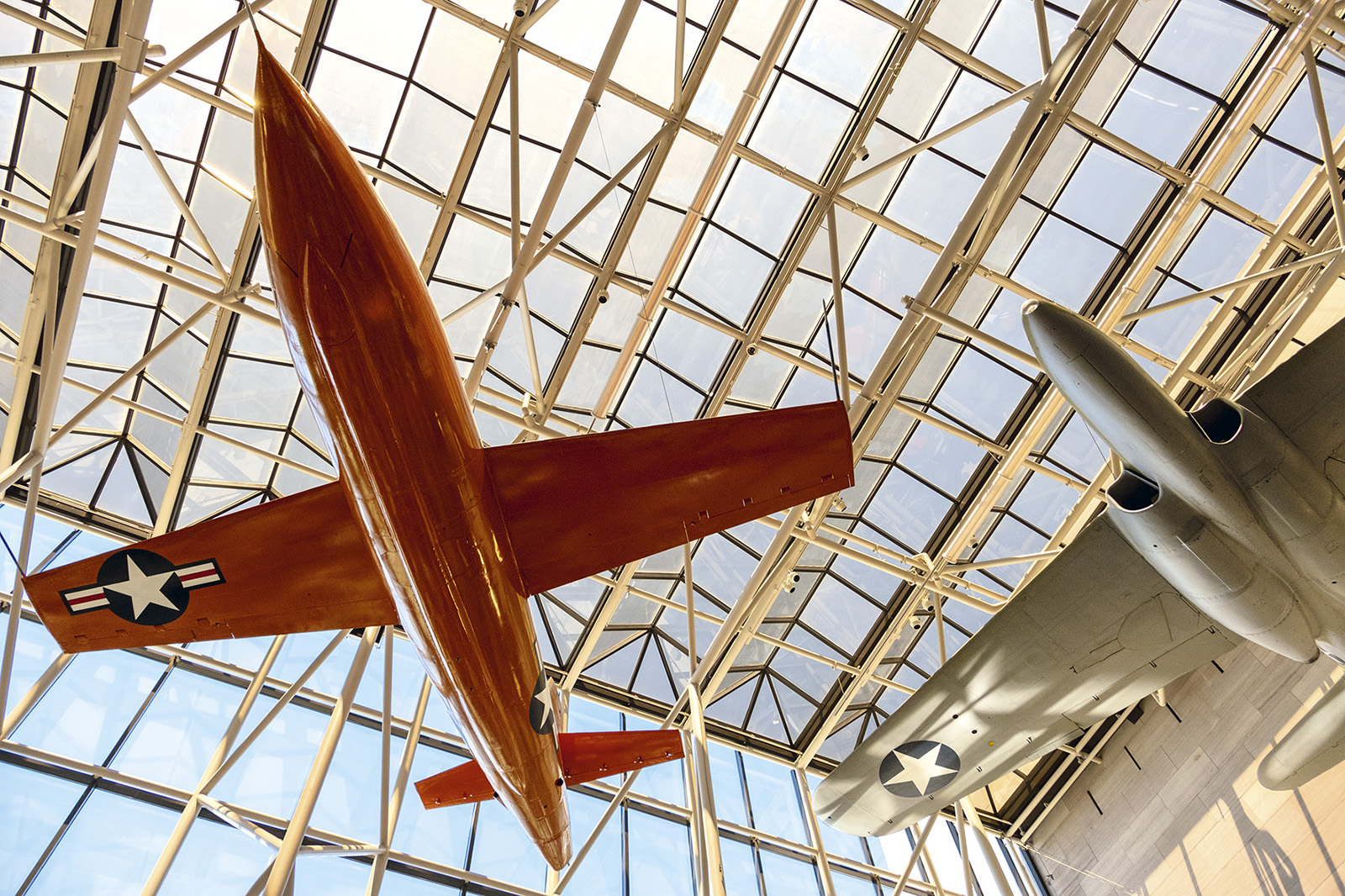The Leica V-Lux zoom series is joining the big leagues. On Wednesday, July 10, Leica announced the V-Lux 5 advanced zoom camera, stepping the series up from a small 1/2.3-inch sensor to the 1-inch sensor popular among advanced compact cameras. But despite a long list of improvements over the predecessor, the V-Lux 5 sits at a competitive price point, a rarity for the brand known for its luxury cameras.
The Leica V-Lux 5 mixes a 20-megapixel, 1-inch sensor with a 16x zoom lens. The lens covers a range equivalent to a 25-400mm lens on a full-frame camera, while offering a bright f/2.8-4 maximum aperture from the widest to the telephoto reaches of the lens. Optical image stabilization is built in to help steady that longer reach.
The camera’s versatility extends beyond the zoom range — Leica claims an autofocus as fast as 0.1 seconds. Burst speed sits at a snappy 12 frames per second, or 30 fps if you step the resolution down to 8 megapixels.
The camera also includes a post focusing mode to adjust the focal point of the image after the fact, along with a focus stacking option to increase the amount of the image in focus without adjusting the aperture. Bluetooth and the Leica Fotos App — a first for the V-Lux series — allows the camera to be controlled remotely, along with tagging the photos with the GPS data from a smartphone.
For video, the super zoom camera can shoot 29 minutes of continuous 4K video at 24, 25 or 30 fps, while Full HD videos reach 60 fps. A port for an external mic is also included.
The camera takes on the bridge style body that’s smaller than a DSLR but larger than a compact camera. That design leaves plenty of room for a new electronic viewfinder with a 2.36 million dot resolution and OLED design. The 3-inch touchscreen is also tilt enabled. The camera’s lithium-ion battery is rated for 440 shots.
Mixing both the larger sensor and the bright zoom lens, the Leica V-Lux 5 joins the ranks of cameras like the Sony RX10 IV and Panasonic FZ2500. The Sony RXIV offers a longer zoom range to a 600mm equivalent and twice the burst speed, while the Panasonic uses a slightly longer 20x zoom lens and offers V-Log recording for video.
While Leica is known as a luxury brand, the V-Lux 5 actually slides in under the $1,700 price of the RX10 IV. Available for pre-order now, the Leica V-Lux 5 lists for $1,250.
